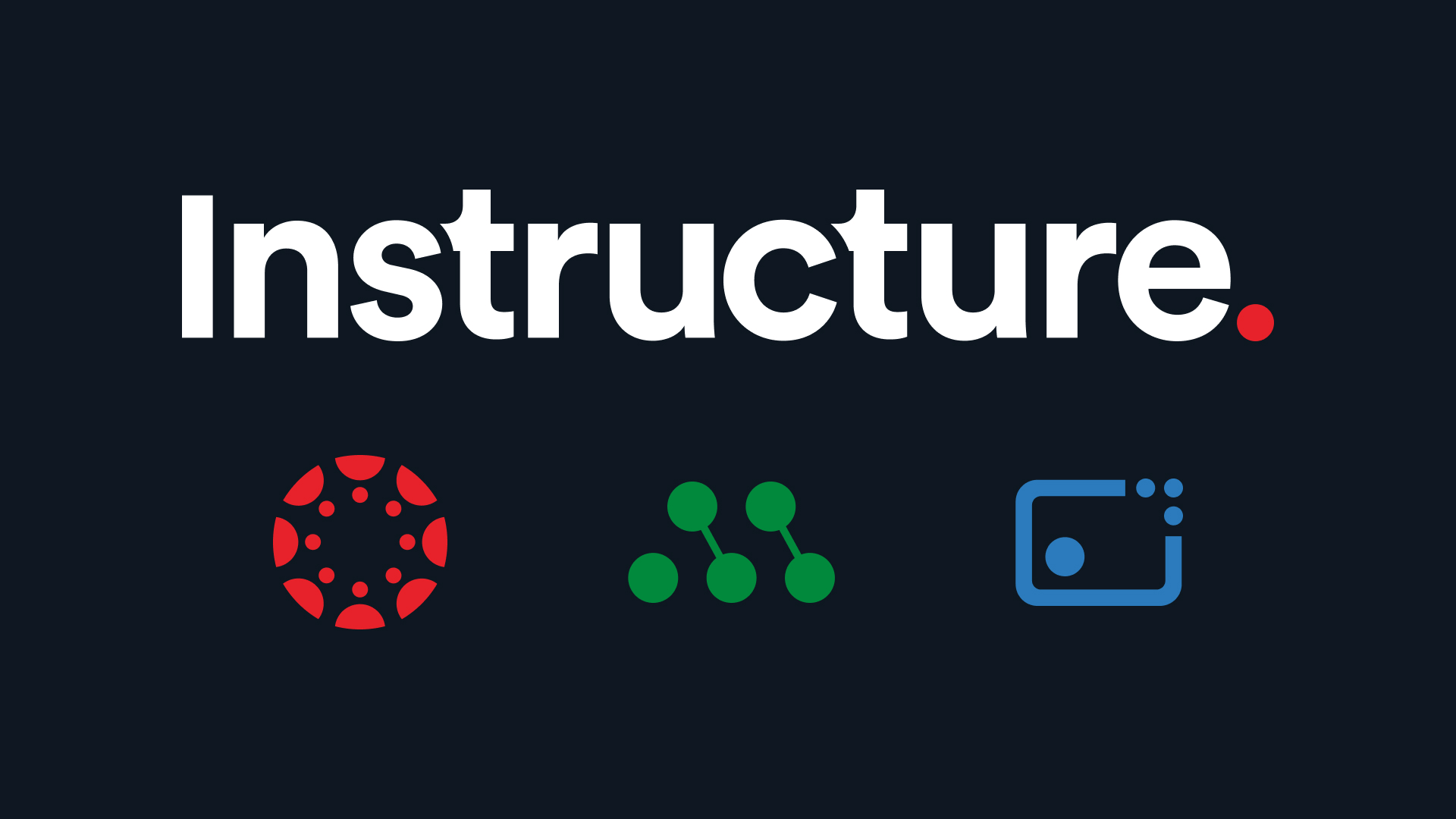Every student has a story, whether they are a first-generation student navigating higher education alone or a working professional balancing a career and new studies. Each journey comes with its own set of hurdles. This is why institutions are focusing on how they can better assist students with stress and other challenges – supporting them inside and outside the classroom.
According to the 2023 State of Student Success & Engagement in Higher Education, two out of the five trending factors impacting student success and engagement were socioeconomic factors related to mental health.
- Psychological well-being with an 82% impact
- Home life and wellness with an 81% impact
Another study reports students' mental health and well-being as a top five priority among university leaders. Overall, there’s a growing discussion surrounding mental health as higher education institutions see the importance of having academic advisors, in-person/virtual counseling, and other support systems in place.
In this article, we’ll identify strategies and best approaches to supporting mental health. Let’s take a look at the current state of mental health in higher education.
The Current State of Mental Health in Higher Education
Mental health challenges are a pressing concern, as a growing student population reports experiencing some form of stress, depression, or anxiety. More than 60% of today’s college students meet the criteria for a mental health problem. This is alarming, as there has been a 50% uptick since a decade earlier.
Understanding how mental health impacts academic performance and overall achievement, holistic student development is rising as an essential factor in student success. Here is what today’s learning institutions are offering to address the current mental health crisis:
- 54% In-person or virtual counseling
- 45% Campus well-being events
- 41% Mental health hotlines
These resources are helping students gain access to the help they need. In addition, an LMS can support mental resources through LMS integration and partnerships. Later, we’ll dig deeper into how an LMS and other technologies can facilitate holistic development. But for now, let’s take a look at common stressors affecting higher ed learners.
Identifying Key Stressors and Triggers

To better support student mental health, it’s important to identify common stressors and challenges. Financial concerns are a primary stressor, as students are faced with increasing tuition costs and want to get the most out of their educational investment. This has contributed to the growing increase in skills-based programs that provide students with the competencies needed to enter an evolving and competitive workforce.
Still, students have to deal with academic pressures throughout their learning journeys. This common stressor is induced by the student's desire to not only perform well but also to take care of their outside responsibilities. Learning options such as Hyflex and other online learning programs offer students more flexibility and control over how and when they learn. As institutions continue to provide equitable and accessible learning options, learners can then choose what programs work best for them.
Back in 2020, the COVID-19 pandemic acted as a catalyst for hybrid and virtual learning models in education. This allowed students to continue their learning journeys throughout the pandemic. Still, other students opted to take a much-needed break. However, both populations are now recovering from the pandemic and finding their new normal in terms of what works for them in their educational paths.
To help students get back on their feet, institutions have doubled down in addressing mental health. Let’s take a look at how colleges and universities are administering mental health initiatives and working to build better support systems.
Role in Educational Institutions in Addressing Mental Health
Holistic development is listed as one of the top three factors defining student success, with an 80% impact. This trend is expected to increase as more students prioritize their psychological and mental well-being. To rise to the challenge, institutions are focusing on opportunities that support the whole student.
In a greater effort to meet student needs, colleges and universities are offering counseling, well-being events, support hotlines, support groups, and self-help resources. However, students are also requesting mental health days off and support apps. While mental health services in higher education continue to improve, students can find resources on their campus LMS.
With an LMS, students can access affordable and reliable mental resources at their convenience. For instance, Canvas students can receive on-demand mental health care all through their Canvas app. Learn more about Instructure’s partnership with TimelyMD, which provides students with virtual access via video chat or phone calls. Let's take a deeper look into how an LMS is used to provide mental health resources:
- 47% Connects students to in-person or virtual counseling
- 41% Promotes campus well-being events
- 39% Provides numbers for mental health hotlines
- 38% Connects students to support groups
Challenges and Barriers to Effective Mental Health Support

Broadening support for student mental health is met with some challenges. Some institutions are facing a high demand for students needing mental health services, but they have few resources to facilitate this effort. A common issue is not having enough counseling staff available to support the increased caseload. This leaves counselors overworked and students with limited access to counseling professionals.
Another challenge is the mental health stigma. Some students are afraid to seek mental resources out of fear of being judged. However, a positive wellness culture and a strong community can help destabilize these stigmas. Let’s take a look at how institutions can use peer groups to facilitate a positive association with mental health.
Student-Centric Approaches and Peer Support
How can institutions further improve their mental health support resources? It’s simple. Get the students involved. Student surveys offer feedback directly from the source. By taking a student-centric approach, institutions can then provide the resources students are asking for. This level of student involvement enhances mental health initiatives, furthering their reach and effectiveness.
One way colleges and universities have made strides in implementing mental health assistance is through peer support. Involving other students in mental health advocacy reduces the harmful stigmas associated with seeking help and fosters community. Students can use forums, chat groups, learning platforms, workshops, and peer group centers to share common experiences with other students who attend their institution. Student-led counseling, such as peer groups, offers a safe space to collaborate and discuss important topics surrounding mental well-being.
Using Canvas LMS to Jumpstart Mental Health Initiatives
Improve student success and holistic development with the mental health resources learners need. Learn how Texas A&M leverages Canvas LMS to support mental health initiatives.
Related Content
 inst-3step.jpg
inst-3step.jpgBlogs

Blogs
 digging_deep_into_2025s_learning_trends_the_state_of_higher_education_in_anz_-_thumbnail_1.png
digging_deep_into_2025s_learning_trends_the_state_of_higher_education_in_anz_-_thumbnail_1.pngBlogs

